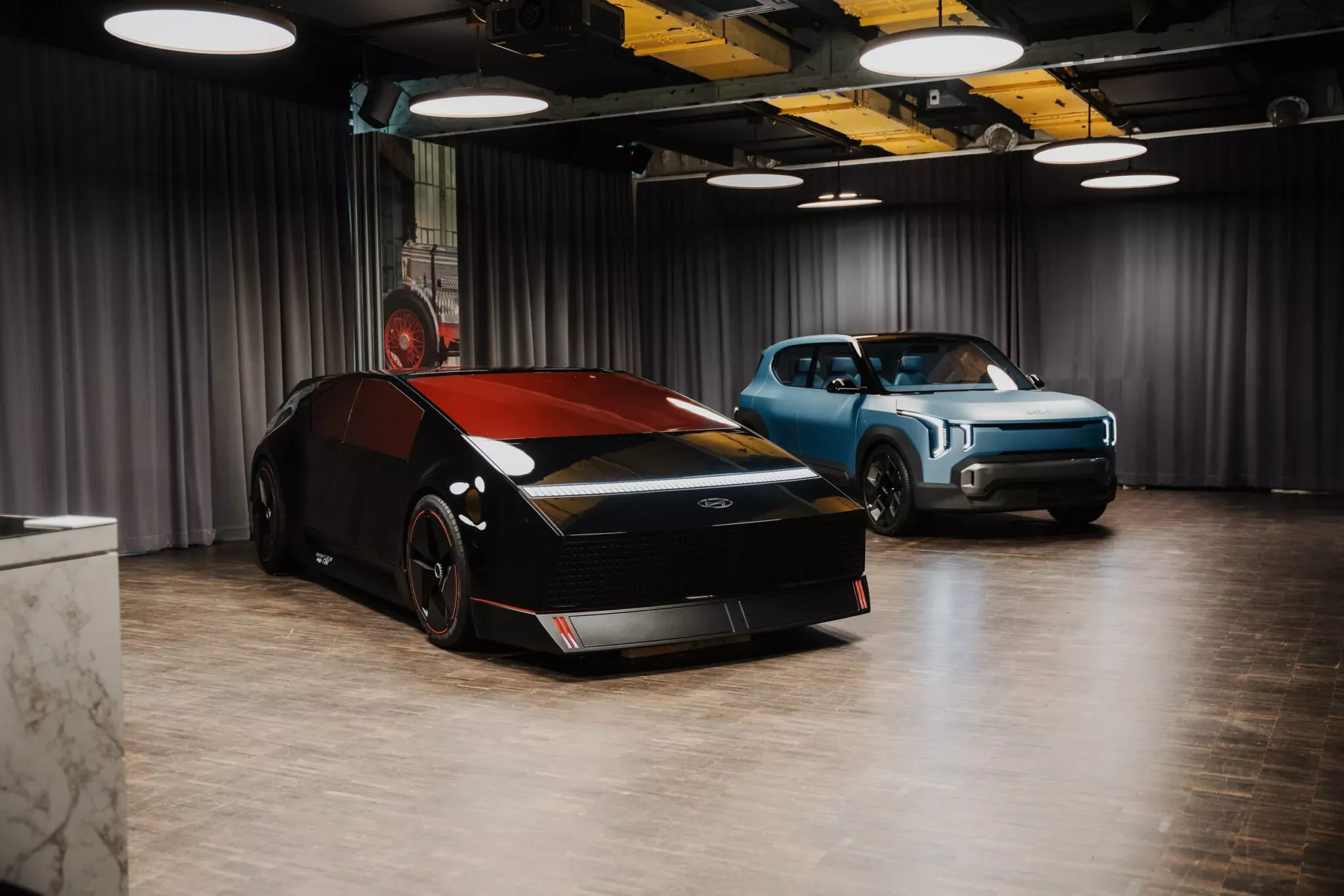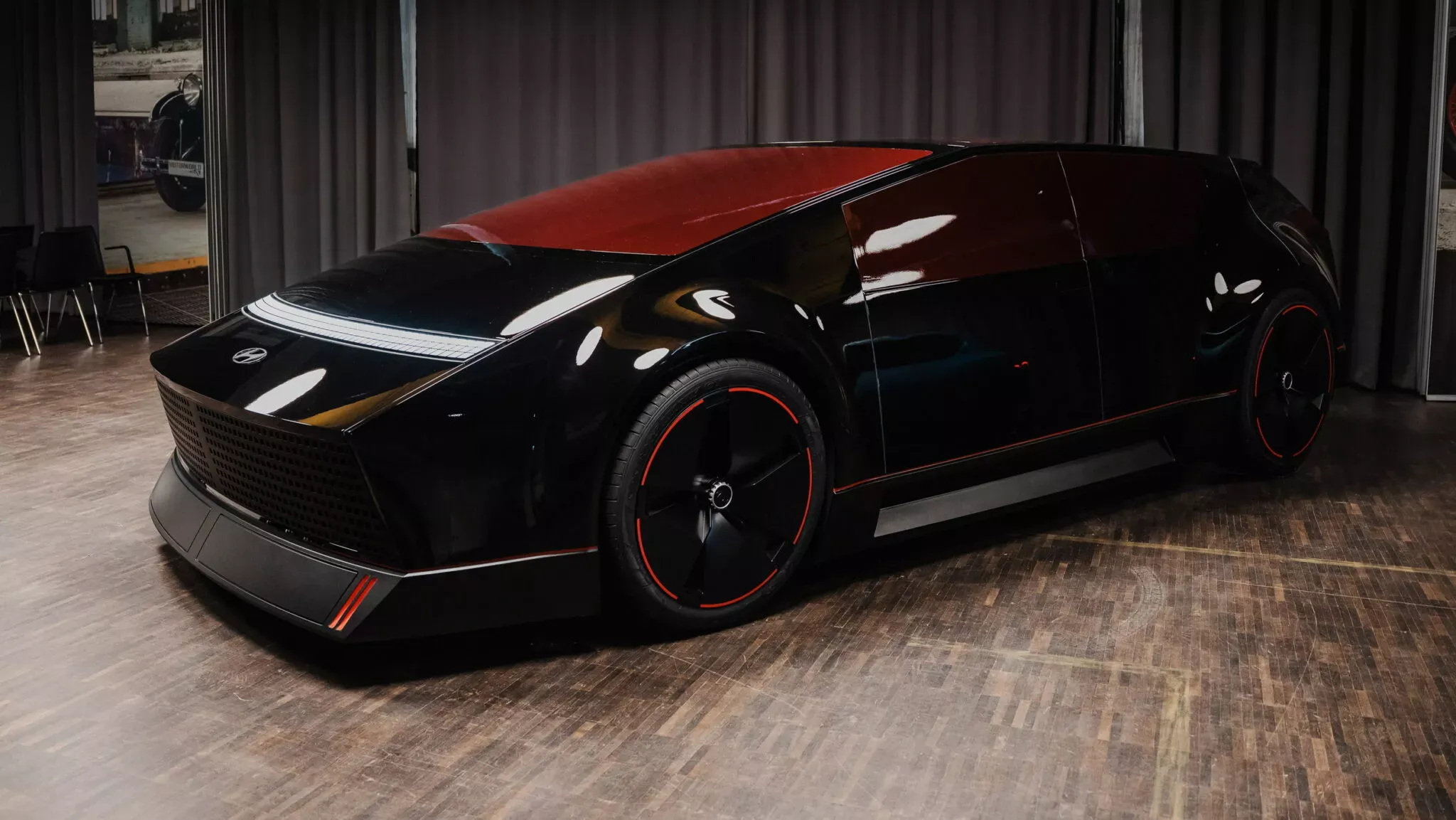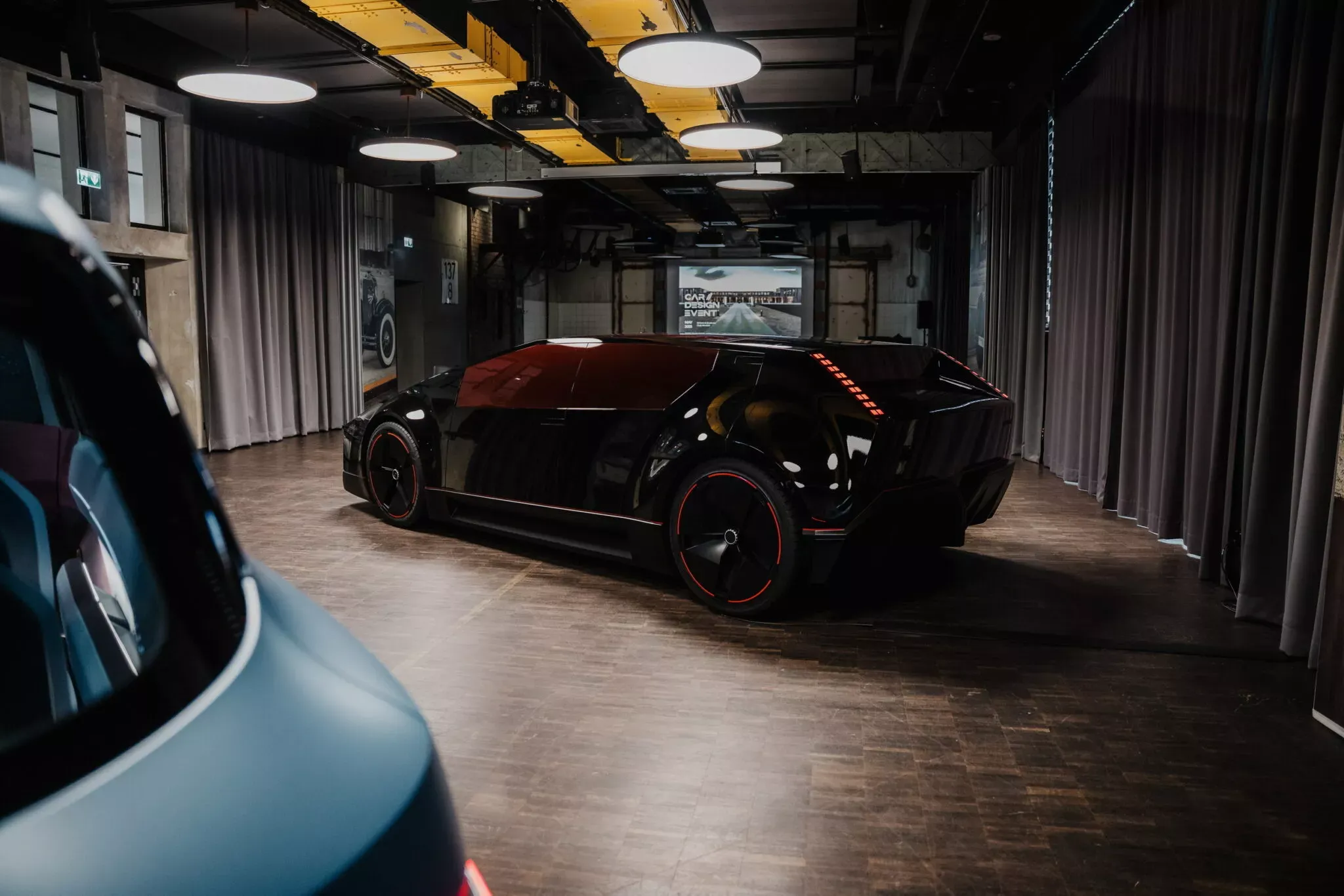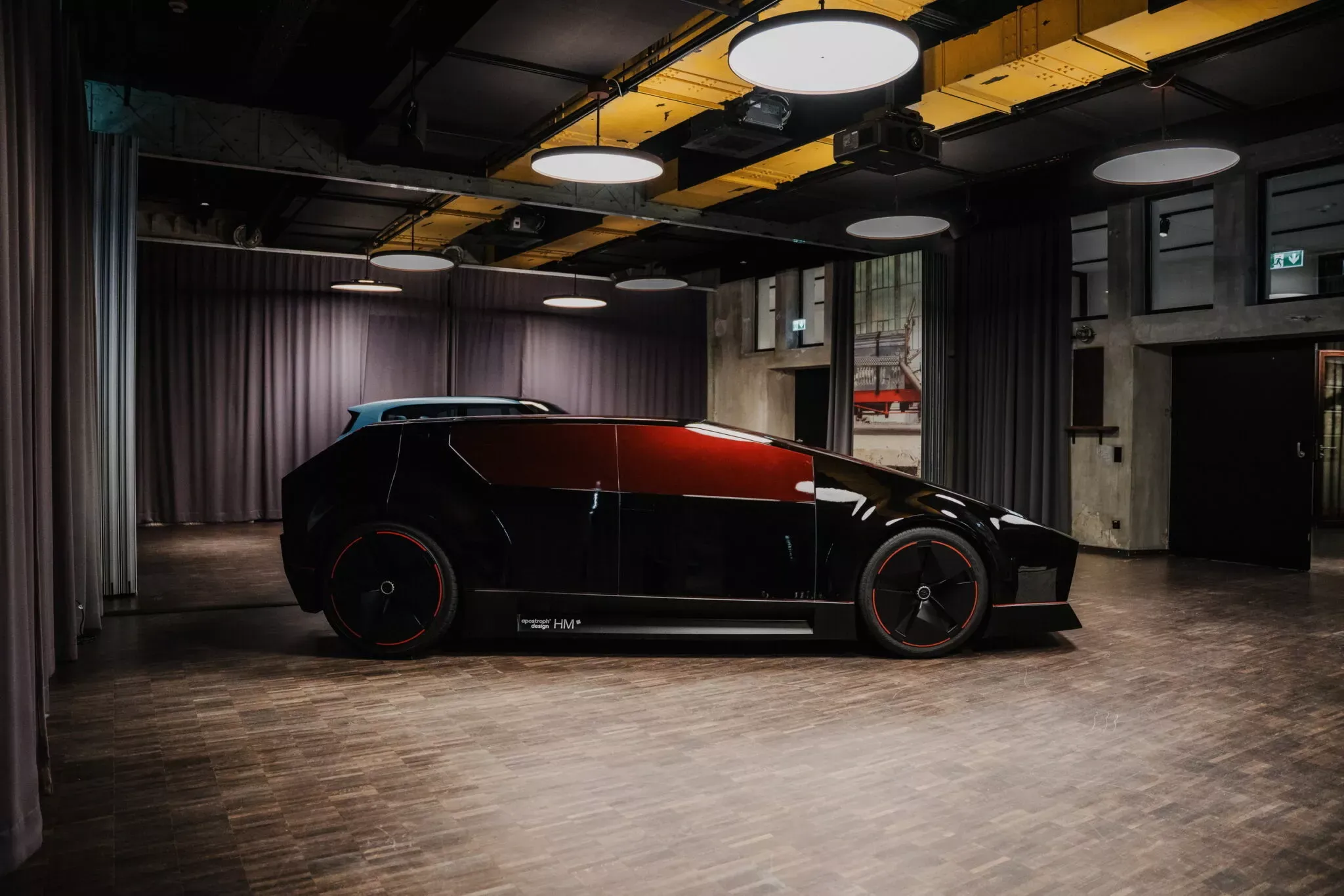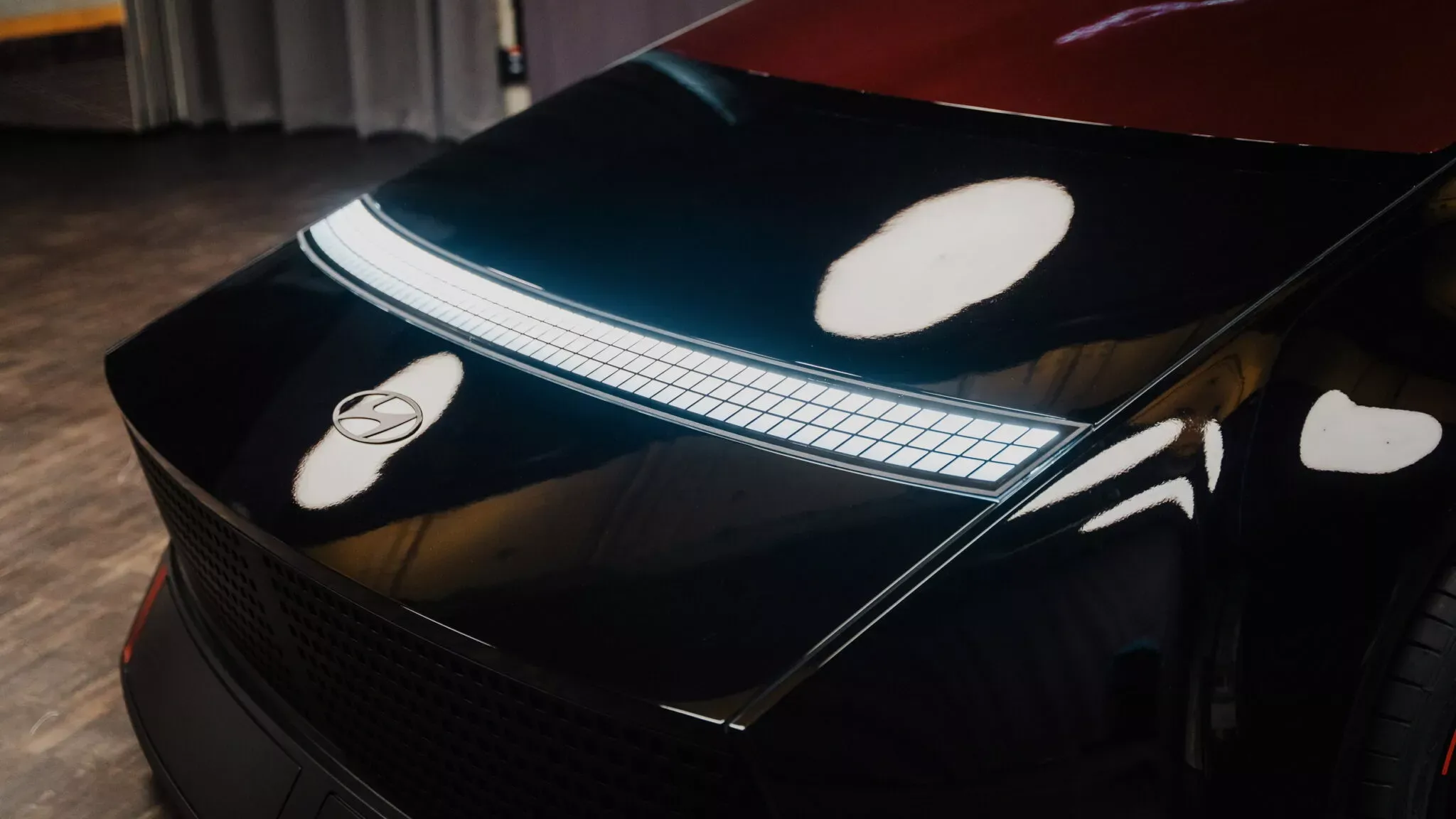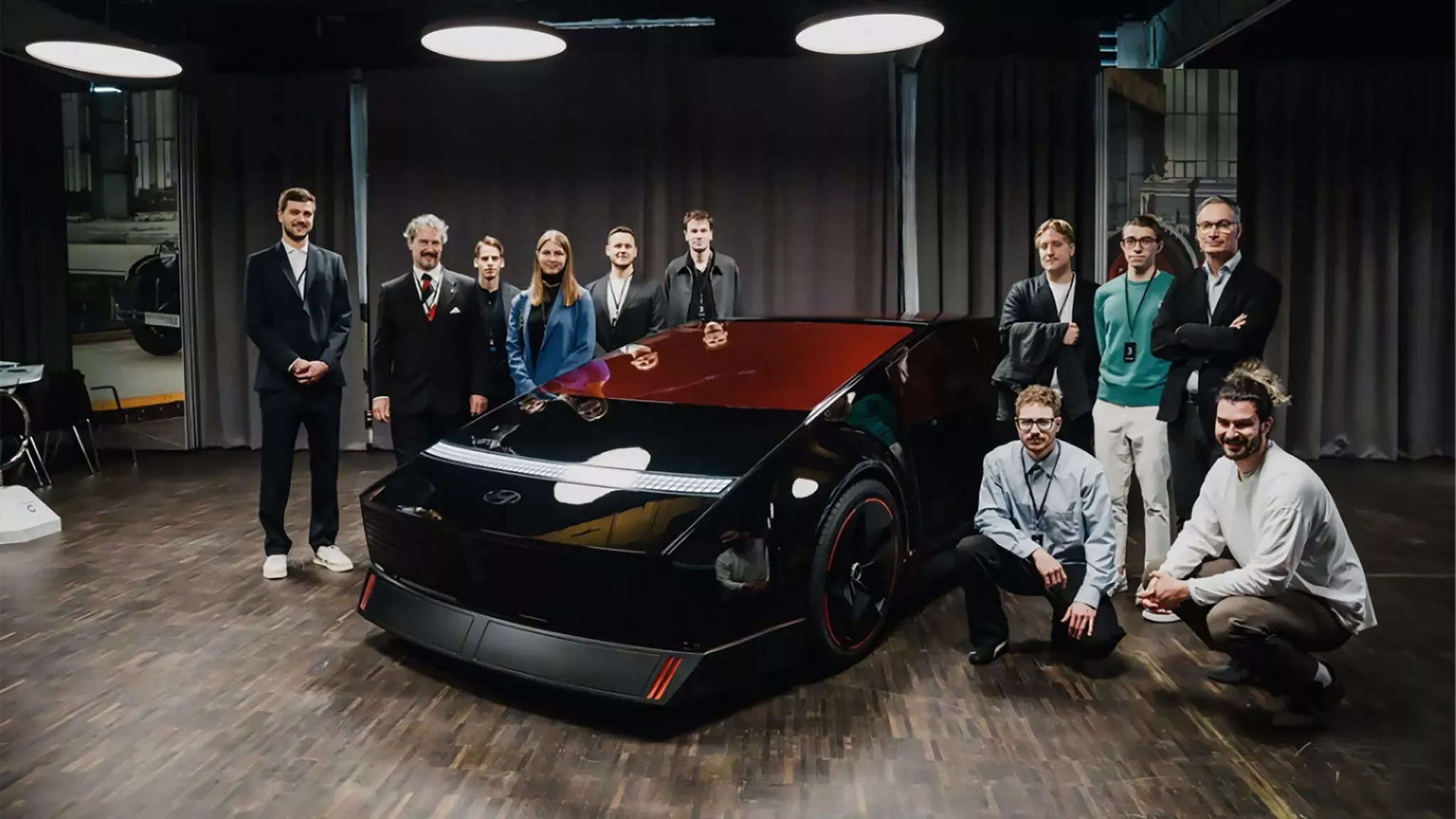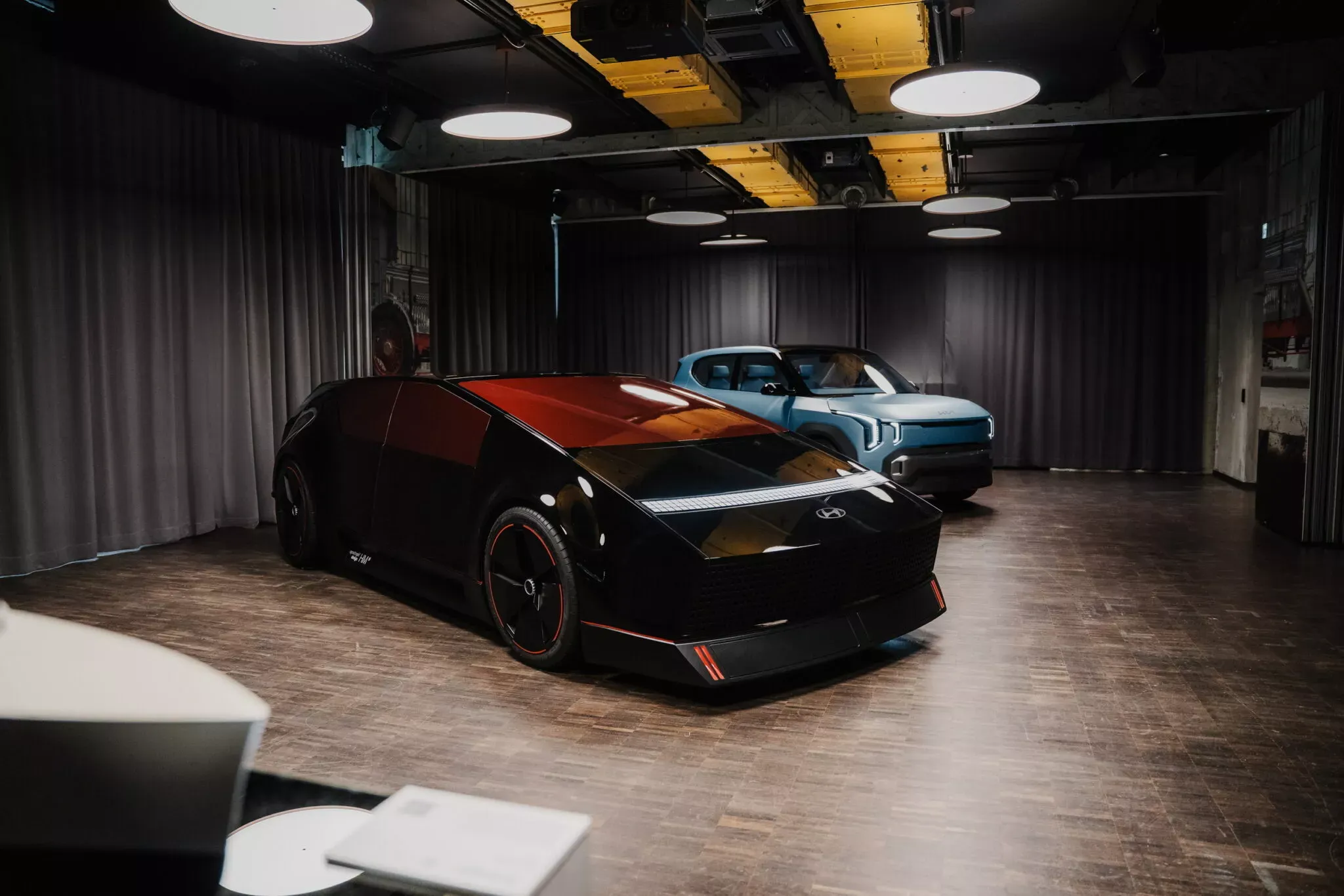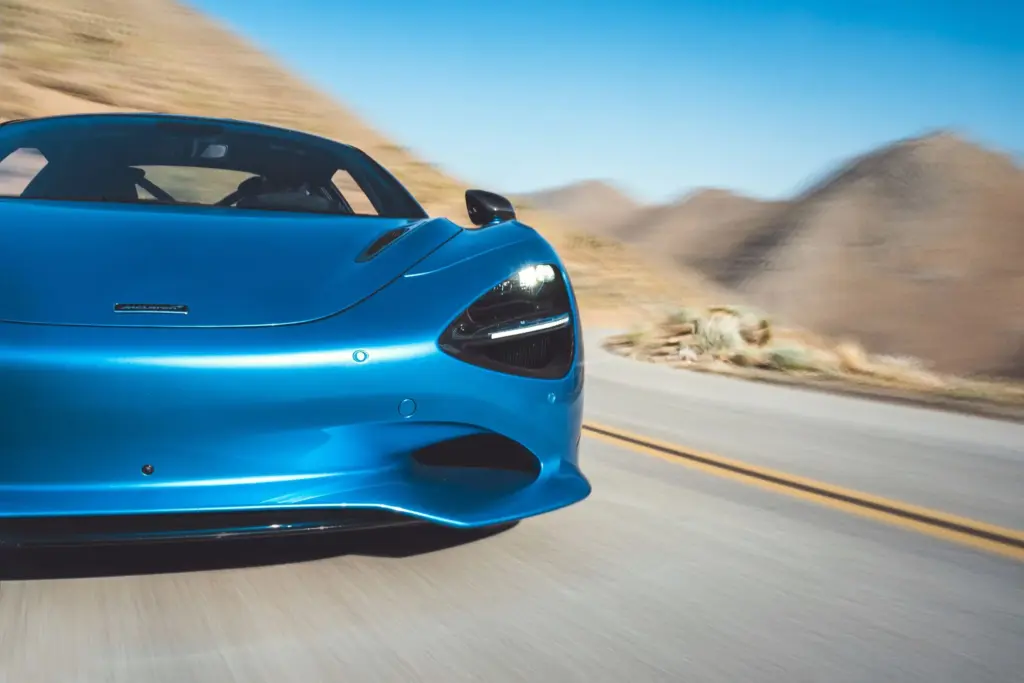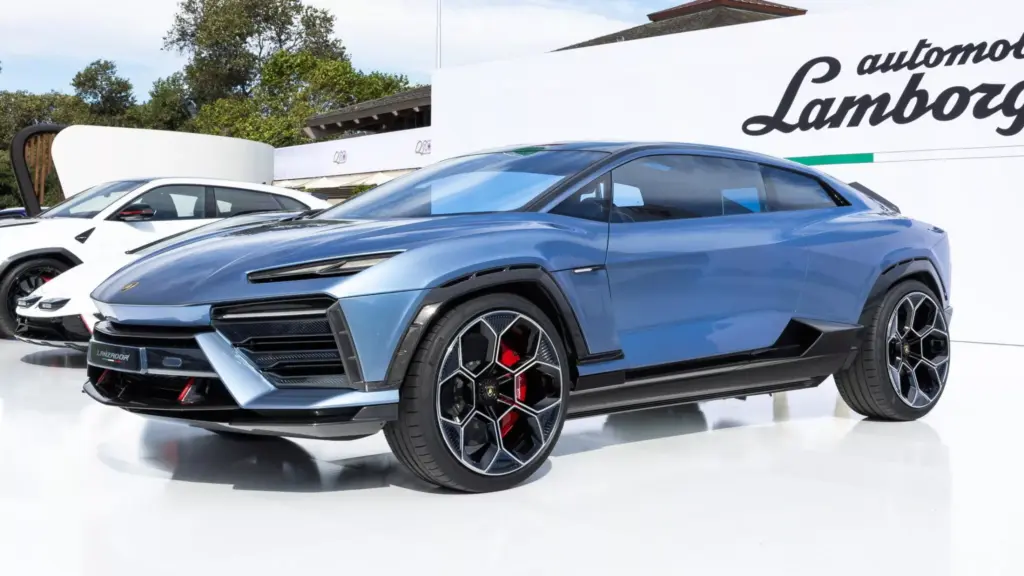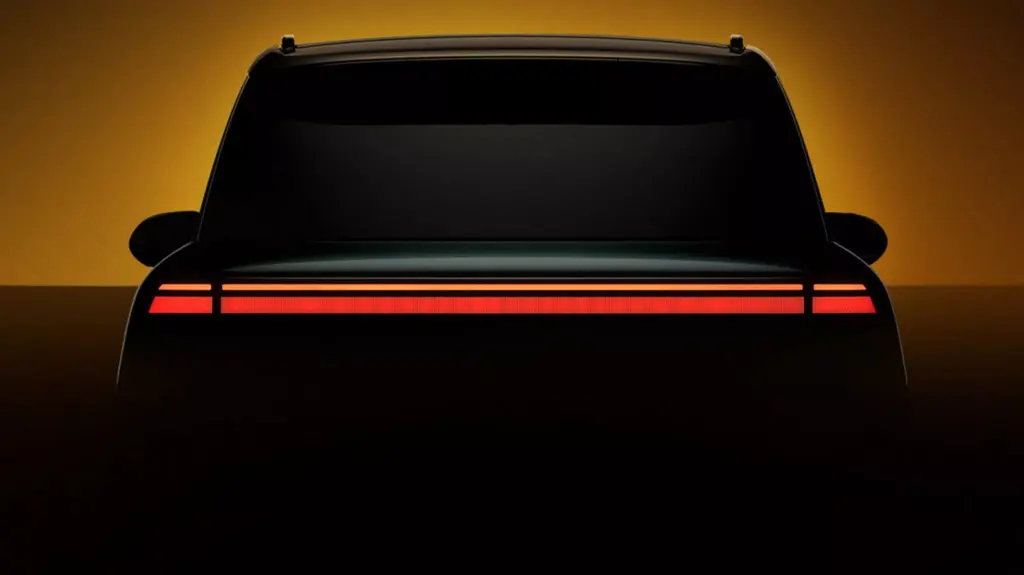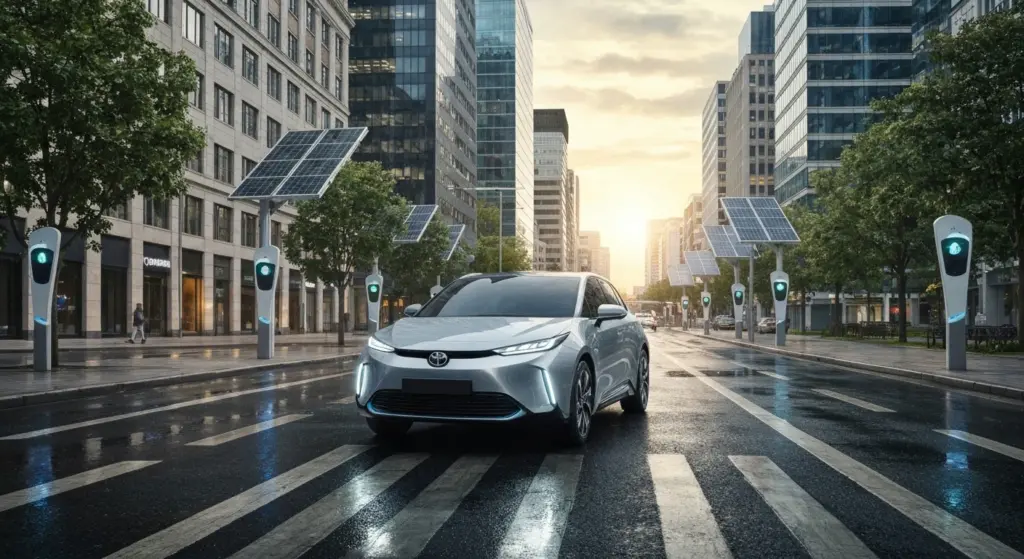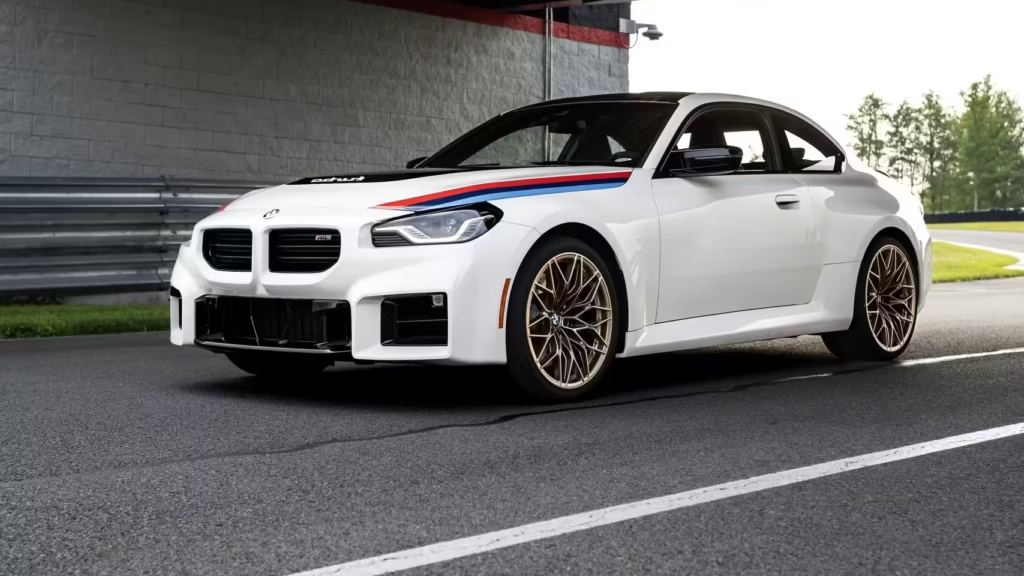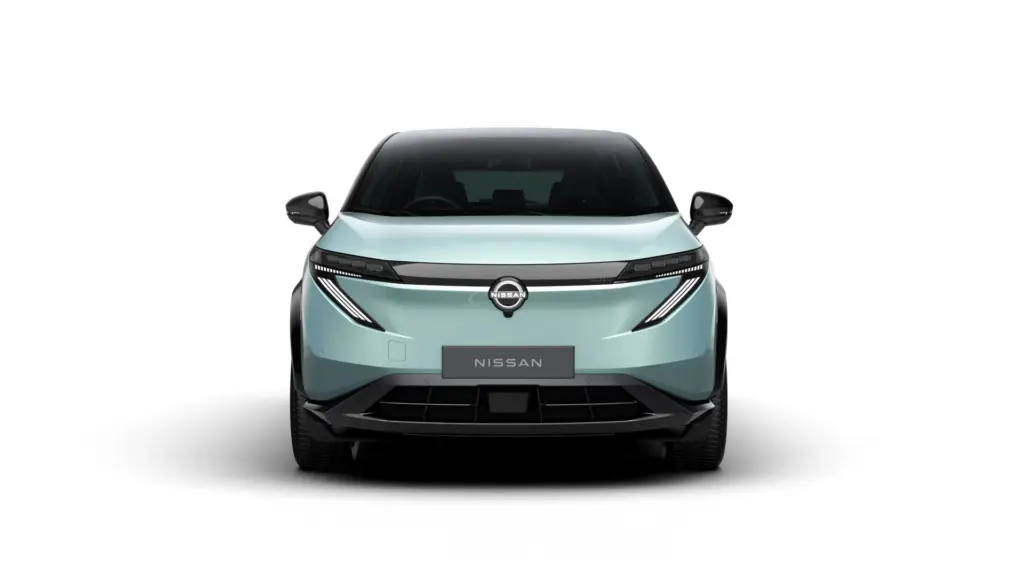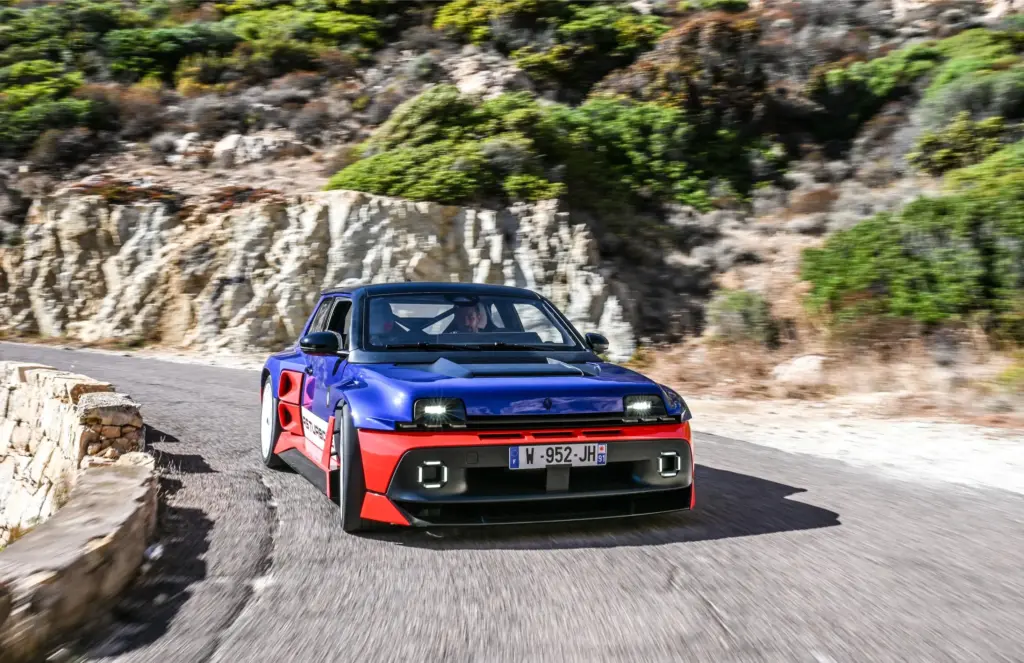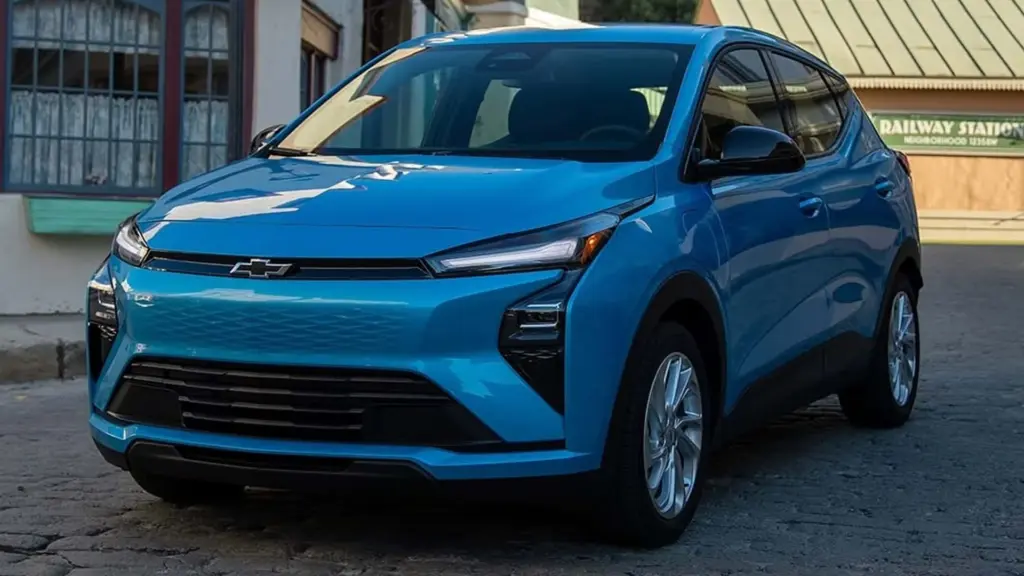Imagine the scene: a car that redefines luxury and performance, with lines so striking they make you question if it’s a Hyundai or a Honda. Well, get ready to meet the Hyundai Obsidian, a concept that’s creating quite a buzz and, honestly, left me stunned.
This is not just another prototype; it’s the result of a bold collaboration between Hyundai and the Munich University of Applied Sciences in Germany. A true glimpse of what the future holds, proving that the brightest ideas can come from young minds free from corporate filters. For those looking to stay ahead of the curve, this article is a deep dive into what makes the Obsidian so special and, why not, a little controversial.
What Is the Hyundai Obsidian and Why Does It Look Like a Honda?
The Hyundai Obsidian is, at its core, the vision of a sophisticated high-performance vehicle for the future, designed by design students. It’s a five-door sports coupe with a silhouette they call “monolithic,” which immediately reminds me of what we saw in the Honda 0 Saloon Concept. The resemblance is undeniable and, for many, maybe even a little too much.
This similarity raises a fascinating question: is it a tribute, a coincidence, or proof that certain design trends are universally appealing? The fact is that the Obsidian, despite this clear “inspiration,” manages to stand out through its own interpretation of a luxury car focused on the future, emphasizing the driver and an enriching experience. It’s a concept that really made me think about the future of electric mobility.
Who Is Behind This Revolutionary Concept?
The initiative came from Eduardo Ramirez, Hyundai Europe’s head of design, who issued a simple but open challenge: “What could be the next enriching experience for Hyundai drivers?” With that question, the team of students, led by the talented Dominik Anders, ventured beyond Hyundai’s usual “performance first” narrative, aiming for a more refined and “mature” angle.
It’s inspiring to see how Hyundai opened its doors to a new generation of designers. It shows a trust in creativity that not every automaker has. I believe this approach could be game-changing, bringing freshness and innovation that rarely emerge in traditional boardrooms. It’s a strategy that other brands, like Lexus, could also explore as they develop new electric and hybrid versions.
Obsidian Design: Where Luxury Meets Monolithicity?
The design of the Hyundai Obsidian is a true work of art, with an aesthetic flirting between minimalism and aggression. The front is flat, with pixel LED headlights that seamlessly integrate into the clean surface. The windshield extends from the hood line without visible breaks, a feature that immediately reminded me of the bold Tesla Cybertruck. This visual fluidity creates a truly impressive impact.
But don’t be fooled, it’s not just pretty. The pronounced front spoiler with active aerodynamic elements and the red accents on the large-diameter alloy wheels inject a dose of sportiness that doesn’t go unnoticed. The aggressive body kit, with widened fenders, sculpted side skirts, and a wide rear diffuser, completes the package, tying everything together into a visual harmony that takes your breath away. It proves that functionality can be incredibly elegant.
Hyundai Obsidian Design Highlights:
- Monolithic Shape: Clean, continuous lines for a futuristic look.
- Pixel LED Headlights: Lighting technology that integrates into the design.
- Active Aerodynamics: Front spoiler and rear diffuser for enhanced performance.
- Large-Diameter Wheels: Red accents that emphasize sportiness.
- Luxury-Focused Cabin: Though no images are available, the concept suggests a sophisticated interior.
Performance and Technology: What to Expect from the Electric Future?
As a pure design study, details about the Obsidian’s performance are scarce. There is no official information about its powertrain, but its proportions and sealed surfaces scream “battery electric vehicle.” And, let’s face it, in a world moving toward electrification, something like this is to be expected. Models like the 2026 Toyota C-HR EV already demonstrate the segment’s potential.
The fact that it is a static model also explains the opaque windows with a red tint that prevent us from peeking inside. This only heightens curiosity about what the driving experience and cabin layout would be like, designed to be spacious and luxurious. I think if it goes into production, Hyundai will need to deliver an interior that matches the boldness of the exterior.
Electric Concept Comparison (Overview):
- Obsidian (Hyundai): Monolithic design, focus on luxury and driver experience.
- 0 Saloon (Honda): Futuristic lines, proposed for mass production.
- e-tron GT (Audi): High-level electric performance, available now on the market.
While the Obsidian is still a dream, the market already offers breathtaking options like the Audi e-tron GT quattro, which combines striking design with an impressive 577 horsepower, showing what’s possible when vision becomes reality. It might be an unfair comparison, perhaps, but it gives us an idea of the level the Obsidian aspires to.
The Future of the Obsidian: From Concept to Reality?
Hyundai shared a video of the Obsidian on Facebook, describing it as “absolutely stunning.” And visually, it truly is captivating. However, one cannot deny the overlap with the upcoming Honda 0 Saloon, which, unlike the Obsidian, is actually headed for production. This makes me wonder: is the market ready for two such similar interpretations of the future?
It’s likely that the Obsidian will remain just a design study, its future limited to exhibitions and sketchbooks. Yet even so, it fulfills its role: to inspire, provoke, and make us dream about what’s coming. It was unveiled at the 2025 Car Design Event in Munich, Germany, alongside other impressive concepts from the Korean automaker, such as the Kia EV2, Hyundai Initium, and Genesis X Gran Convertible. The original source of this information is Carscoops.
Frequently Asked Questions (FAQ) about the Hyundai Obsidian:
- What is the Hyundai Obsidian?
The Hyundai Obsidian is a five-door concept car designed by students from Munich University of Applied Sciences for Hyundai, aiming for a high-performance, luxury vehicle of the future. - Why does the Obsidian look like a Honda?
Its monolithic style and overall presence clearly reference the Honda 0 Saloon Concept, resulting in a striking visual similarity. - Will the Hyundai Obsidian be produced?
It is very likely that the Obsidian will remain just a design study and not enter production, unlike the Honda 0 Saloon. - Who designed the Hyundai Obsidian?
The winning project was created by transportation design student Dominik Anders, under the guidance of Eduardo Ramirez, Hyundai Europe’s head of design. - What are the Obsidian’s design features?
It has a flat front with pixel LED headlights, continuous windshield, front spoiler with active aerodynamics, alloy wheels with red details, and widened fenders.
My perspective on the Hyundai Obsidian is one of admiration for its boldness. It’s easy to criticize the similarity to the Honda 0 Saloon, but I see it as a sign that the most innovative minds are converging on a similar futuristic aesthetic. What really matters here is Hyundai’s initiative to give voice to emerging talents and seek a more “enriching” approach to the driving experience instead of focusing solely on performance figures. It’s a concept that reminds us that the future of automotive design is constantly evolving, and the next big ideas might come from where we least expect. The Obsidian is a vivid reminder that passion for innovation still beats strong in the automotive industry, even if not every dream becomes reality.
And you, what do you think of the Hyundai Obsidian? Does it make you dream about the future of electric cars? Leave your comment below and let’s talk!
Author: Fabio Isidoro
Founder and editor-in-chief of Canal Carro, he dedicates himself to exploring the automotive universe with depth and passion. A car and technology enthusiast, he produces technical content and in-depth analyses of national and international vehicles, combining quality information with a critical eye for the public.

